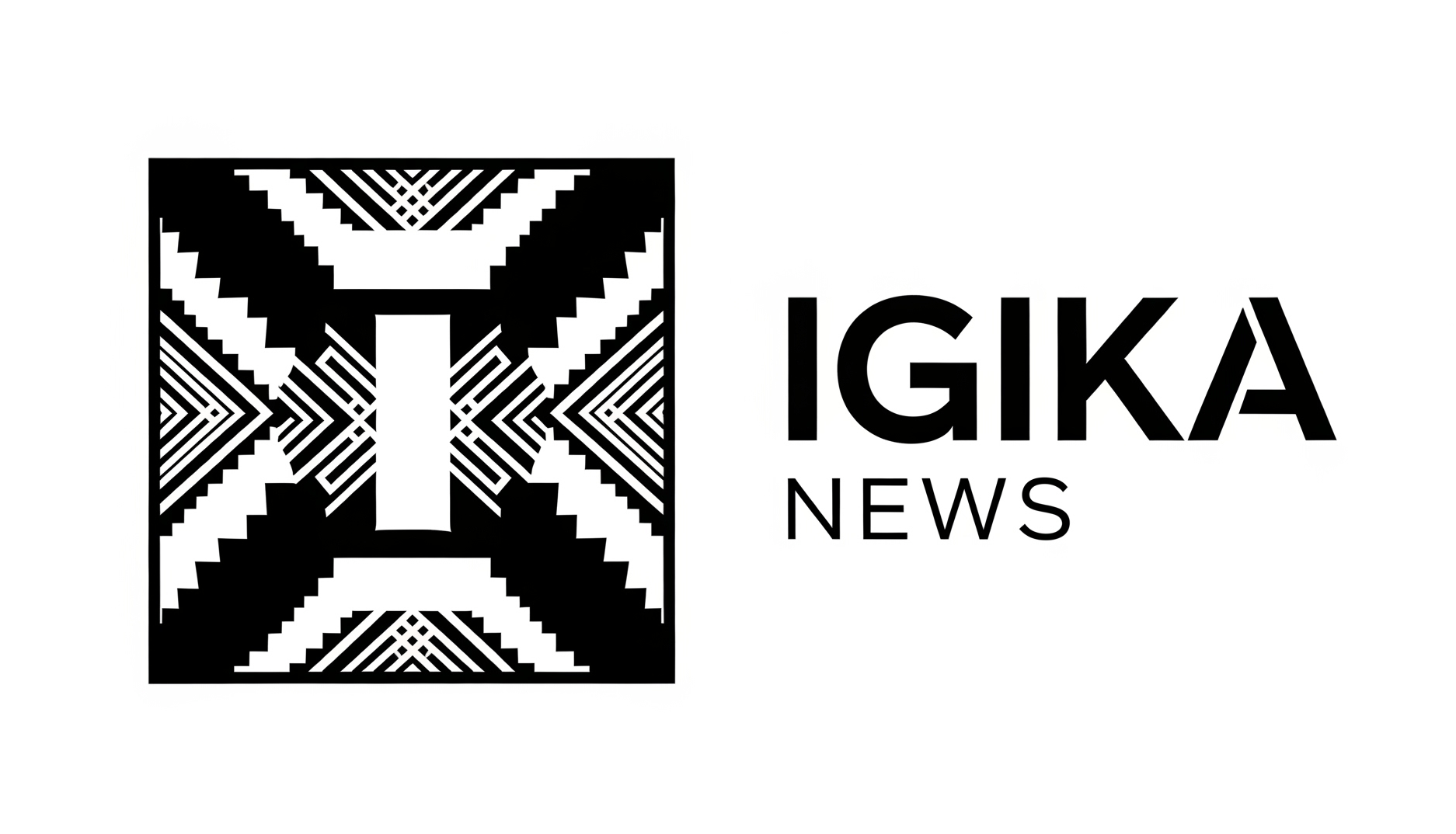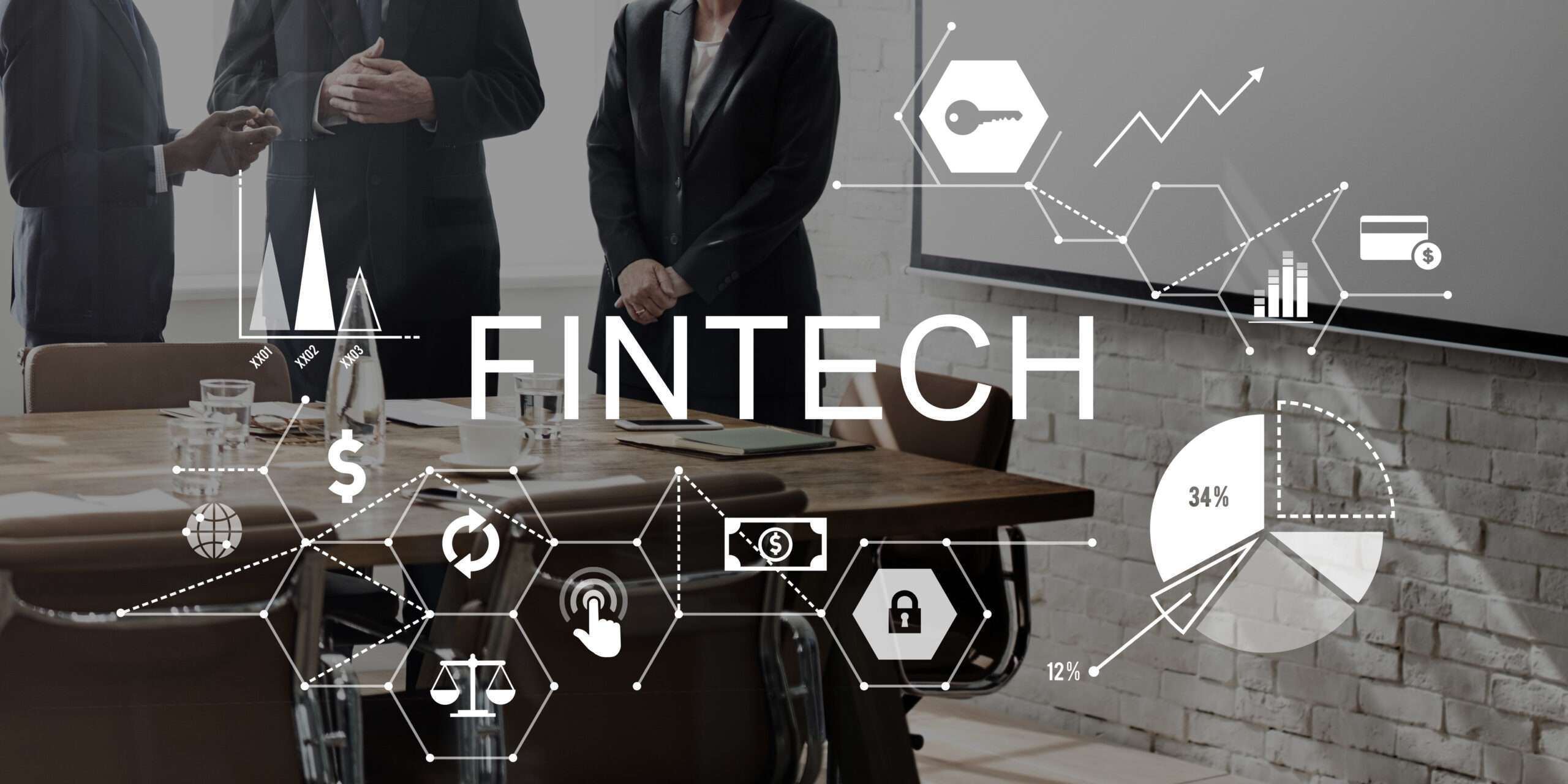Introduction
Open banking is revolutionizing the financial services industry, enabling secure data sharing between banks, fintech companies, and third-party providers. By 2025, open banking has evolved beyond its initial regulatory frameworks, offering consumers greater control over their financial data while driving innovation in digital banking.
As technology, regulation, and consumer expectations shift, open banking is no longer just a compliance requirement—it’s a key driver of competition and financial inclusion. But how exactly is data sharing transforming the financial landscape? Let’s explore the impact, benefits, challenges, and future of open banking in 2025.
What is Open Banking?
Open banking refers to the practice of allowing third-party financial service providers access to consumer banking data through application programming interfaces (APIs). This enables:
- Seamless financial management across multiple banks and accounts.
- Personalized banking services powered by AI and analytics.
- Enhanced payment solutions for businesses and individuals.
Originally driven by regulations like PSD2 (Europe) and the Consumer Data Right (CDR) in Australia, open banking has expanded globally, with banks, fintech startups, and big tech companies leveraging it for innovation.
The Evolution of Open Banking by 2025
Since its early adoption, open banking has rapidly advanced. Key developments in 2025 include:
- Global Standardization: More countries have adopted open banking frameworks, creating standardized API protocols for seamless data sharing.
- Beyond Banks: Open banking now includes insurance, investment, and credit services, expanding into open finance.
- AI-Driven Personalization: AI and machine learning use financial data to offer tailored services like budgeting advice, loan approvals, and smart investments.
- Embedded Finance Growth: Fintech and non-financial businesses integrate banking services directly into apps, offering one-click loans, BNPL (buy now, pay later), and automated financial planning.
- Stronger Data Security & Consumer Control: Open banking in 2025 prioritizes data protection, fraud prevention, and user consent-driven sharing.
Key Benefits of Open Banking in 2025
1. Greater Financial Inclusion
Open banking provides better access to financial services, especially for unbanked and underbanked populations.
- Alternative credit scoring models use transaction history instead of traditional credit reports.
- Micro-loans and digital banking solutions reach remote and underserved regions.
- More individuals can access low-cost financial products without requiring a traditional banking relationship.
2. Personalized Banking & Smart Financial Management
AI-powered open banking platforms help users track spending, set savings goals, and receive investment recommendations.
- Automated financial planning tools predict expenses and suggest budget optimizations.
- AI-driven credit assessments improve lending decisions with real-time financial insights.
- Predictive analytics recommend investment opportunities based on market trends and user behavior.
3. Faster & More Secure Payments
Open banking allows for instant, frictionless payments, reducing dependency on traditional card networks.
- Account-to-account (A2A) payments lower transaction fees for businesses.
- Biometric authentication and blockchain enhance payment security.
- Subscription & recurring payments become easier to manage with smart automation tools.
4. Business Growth & Fintech Innovation
Businesses benefit from better access to financial tools, loans, and real-time data insights.
- Small businesses get faster credit approvals based on cash flow analysis.
- E-commerce platforms integrate direct payment solutions for faster checkouts.
- Fintech startups create niche banking solutions, such as AI-powered wealth management and decentralized finance (DeFi) services.
Challenges and Risks of Open Banking
Despite its advantages, open banking still faces challenges in 2025:
- Data Privacy & Security Concerns – Sharing financial data requires robust security protocols to prevent fraud and cyber threats.
- Consumer Awareness & Trust – Many users are hesitant to share their financial data with third-party providers.
- Regulatory Compliance – Banks and fintechs must navigate evolving global regulations while ensuring compliance.
- Technology Integration – Legacy banks struggle to integrate open banking APIs with outdated systems.
The Role of AI & Blockchain in Open Banking
Technologies like AI, blockchain, and cloud computing enhance open banking by improving security, efficiency, and automation.
- AI-powered fraud detection analyzes patterns to prevent suspicious transactions.
- Smart contracts on blockchain ensure secure and transparent data sharing.
- Decentralized identity systems give users full control over their financial credentials.
- Predictive analytics enhance credit scoring, helping lenders make better decisions.
Open Banking Use Cases in 2025
1. AI-Powered Personal Finance Assistants
Digital assistants analyze spending habits and offer real-time financial coaching, helping users save and invest wisely.
2. Embedded Finance in E-Commerce
Retailers integrate open banking for instant credit approvals and direct bank payments, reducing checkout friction.
3. Real-Time Cross-Border Payments
Traditional remittance services are replaced by instant, cost-effective cross-border transactions, reducing dependency on wire transfers.
4. Smart Insurance & Investment Platforms
Consumers get customized insurance plans and investment strategies based on financial data insights.
The Future of Open Banking Beyond 2025
By 2030, open banking is expected to evolve into open finance, encompassing a wider range of financial services. Key trends include:
- Hyper-Personalization – AI-driven financial products tailored to individual needs.
- Decentralized Finance (DeFi) Expansion – More peer-to-peer banking without intermediaries.
- Quantum Computing & Financial Security – Advanced encryption methods to protect sensitive data.
- Global Financial Inclusion – Open banking platforms helping billions access credit, payments, and investments.
Conclusion
Open banking in 2025 has transformed financial services, making banking more accessible, efficient, and user-centric. While challenges like data security and regulatory compliance remain, advancements in AI, blockchain, and API integration are shaping a more interconnected financial ecosystem. Businesses, banks, and consumers must embrace this shift to stay competitive and leverage the benefits of data-driven finance. The future is digital, and open banking is leading the way.
FAQs
1. Is open banking safe?
Yes, open banking in 2025 uses advanced encryption, biometric authentication, and secure APIs to protect financial data.
2. How does open banking impact traditional banks?
Banks must adapt by offering better digital services, partnering with fintechs, and improving customer experiences.
3. Can open banking help people with no credit history?
Yes! Open banking enables alternative credit assessments using transaction history, bill payments, and income analysis.
4. What’s the difference between open banking and open finance?
Open banking focuses on banking data sharing, while open finance includes insurance, investments, pensions, and more financial services.
5. How can businesses leverage open banking?
Businesses can use open banking for faster payments, smarter lending options, real-time cash flow insights, and personalized customer offerings.

